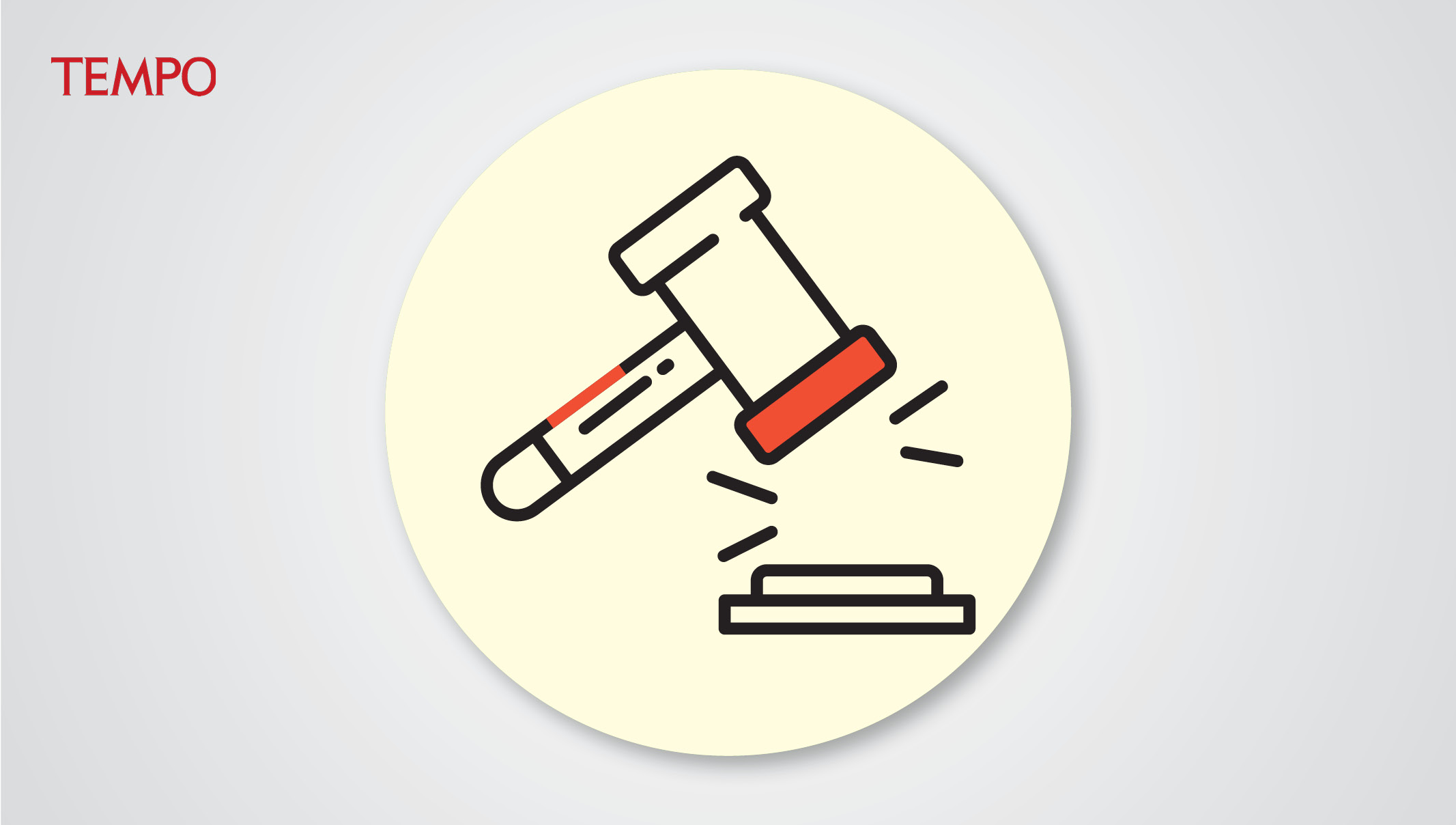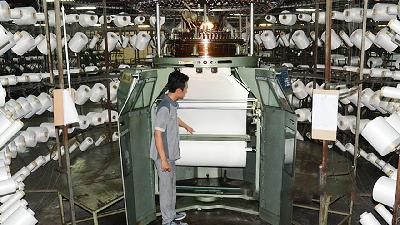Tough Measures to Save Sritex
The move by President Prabowo Subianto to save Sritex could well lead to corruption. A smart strategy is needed to rescue collapsing companies.
Tempo
November 4, 2024

PRESIDENT Prabowo Subianto must be extremely cautious when carrying out his plan to save Sri Rejeki Isman, or Sritex, which has now been declared insolvent. An operation to save it in the form of a bailout from state funds should be avoided because this could drag the government into conflicts of interest or corruption.
Sritex, one of Indonesia’s largest textile producers, was declared insolvent by the Semarang Commercial Court on October 24, 2024. The court stated that Sritex, along with its subsidiaries, Sinar Pantja Djaja, Bitratex Industries, and Primayudha Mandirijaya, had failed to meet its payment obligations to its supplier, Indo Bharat Rayon.
The granting of the insolvency lawsuit filed by Indo Bharat Rayon ends the efforts between Sritex and its creditors to reach agreement using the debt deferment scheme that had been running since 2022. In order to prevent insolvency turning into bankruptcy, strenuous efforts are needed to resolve the issue of the debts amounting to US$1.6 billion, or around Rp25 trillion, in order for Sritex to resume production.
On the one hand, the government needs to intervene to save Sritex, given that the collapse of the company would have wide-ranging social implications. For example, the total workforce of the Sritex Group comprises 50,000 people spread around various regions of Central Java, namely Sukoharjo, Semarang, and Boyolali. This is equivalent to 1.35 percent of the population of these three regions. There would be social and economic problems if all these workers suddenly lost their jobs.
But saving Sritex will not be a simple process. The government cannot simply pour in funds or take over shares, claiming that it is a strategic industry. Providing a bailout, as well as using a significant amount of state funds, risks failing to save Sritex, given the potential for moral hazards such as corruption, both by government officials and company management. And it makes no sense to simply take over the management of Sritex because the government does not have the ability to manage a textile industry. This can be seen from the fact that all state-owned companies in the textile sector are bankrupt because of mismanagement.
The government must examine every aspect, from the causes of Sritex’s financial collapse to the right strategy for restoring it. There are a number of options that could be tried. For example, if there was a court ruling ending the insolvency, the government could assist by seeking cheap loan facilities to pay the debts and provide working capital for Sritex. A bridging loan from a financial institute could be a better solution than a bailout using state funds. During the recovery process, the government could supervise the management of Sritex.
The government could also facilitate the entry of new investors. With production utilization still around 60 percent and a large domestic and overseas market, it is likely that Sritex will still be attractive for investors. However, more importantly, the government must bring about a favorable textile industry ecosystem. It must not repeat the errors of the previous administration, when the appearance of many regulations burdened industry and damaged the domestic textile market.


